The concept of fresh air systems first appeared in Europe in the 1950s, when office workers found themselves experiencing symptoms such as headaches, wheezing, and allergies while working. After investigation, it was found that this was due to the energy saving design of the building at that time, which greatly improved the airtightness, resulting in insufficient indoor ventilation rate and many people suffering from “Sick Building Syndrome”.
When making a purchase, you can judge the quality of the fresh air system based on the following 5 indicators:
- Airflow:
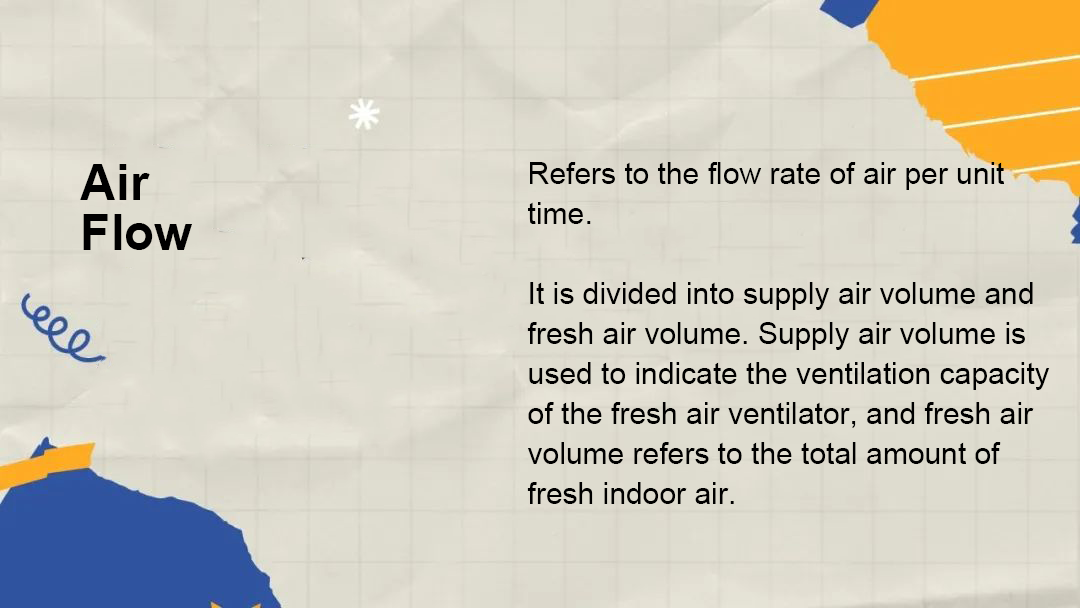 The airflow calculation is directly related to the selection of equipment. So, what is the calculation method for fresh air volume and how can we calculate the most suitable airflow?A common method is on per capita demand. According to national regulations of our country, the per capita fresh air volume of households should meet 30m ³/ H. If there are two people always staying in the bedroom, then the required fresh air volume for this area should be 60m ³/ H.
The airflow calculation is directly related to the selection of equipment. So, what is the calculation method for fresh air volume and how can we calculate the most suitable airflow?A common method is on per capita demand. According to national regulations of our country, the per capita fresh air volume of households should meet 30m ³/ H. If there are two people always staying in the bedroom, then the required fresh air volume for this area should be 60m ³/ H. - Wind pressure:
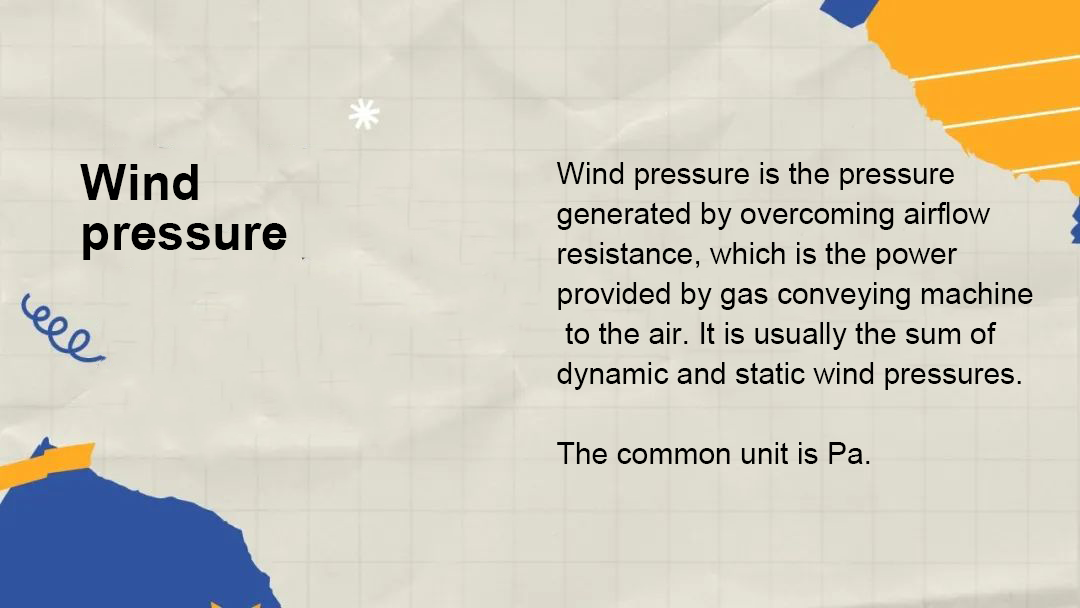 The wind pressure of the fresh air system determines its air supply distance or ability to overcome resistance.
The wind pressure of the fresh air system determines its air supply distance or ability to overcome resistance. - Noise:
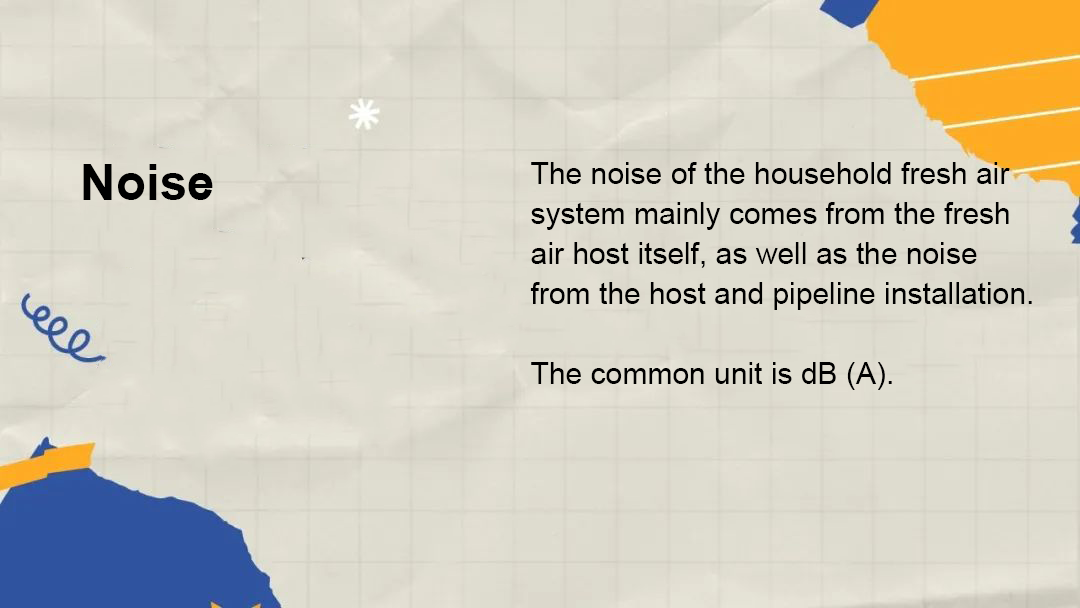 When making a purchase, attention should be paid to the minimum and maximum values of air volume noise. Generally, the noise of the fresh air system is controlled within 20-40dB (A).
When making a purchase, attention should be paid to the minimum and maximum values of air volume noise. Generally, the noise of the fresh air system is controlled within 20-40dB (A). - Heat exchange efficiency:
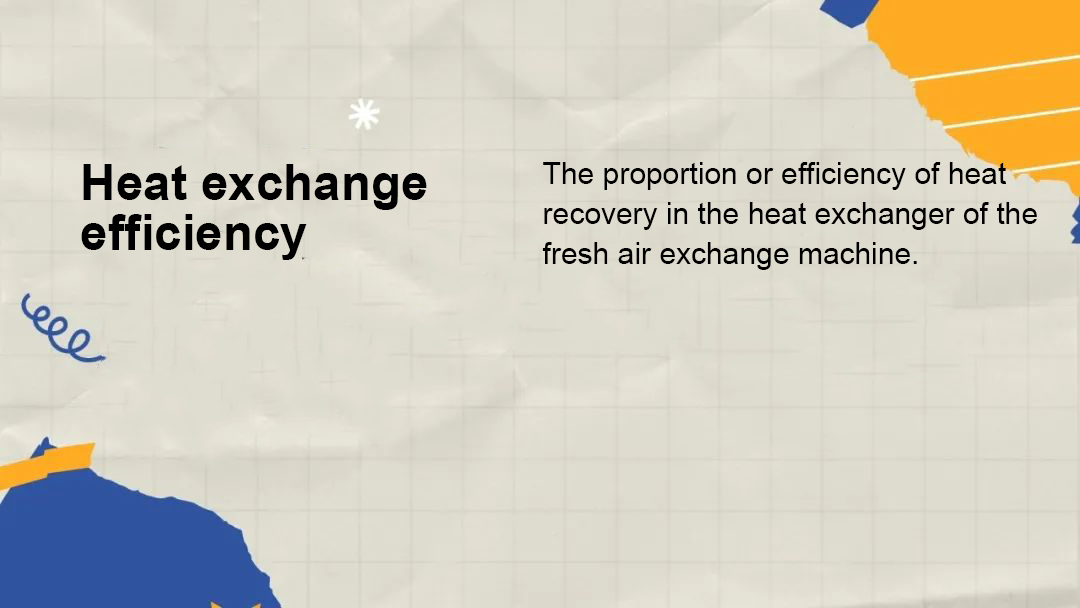 The heat exchange function can utilize the energy from indoor exhaust to precool (preheat) the outdoor fresh air introduced, saving system working costs. The heat exchange efficiency determines the amount of energy saved.
The heat exchange function can utilize the energy from indoor exhaust to precool (preheat) the outdoor fresh air introduced, saving system working costs. The heat exchange efficiency determines the amount of energy saved. - Power:
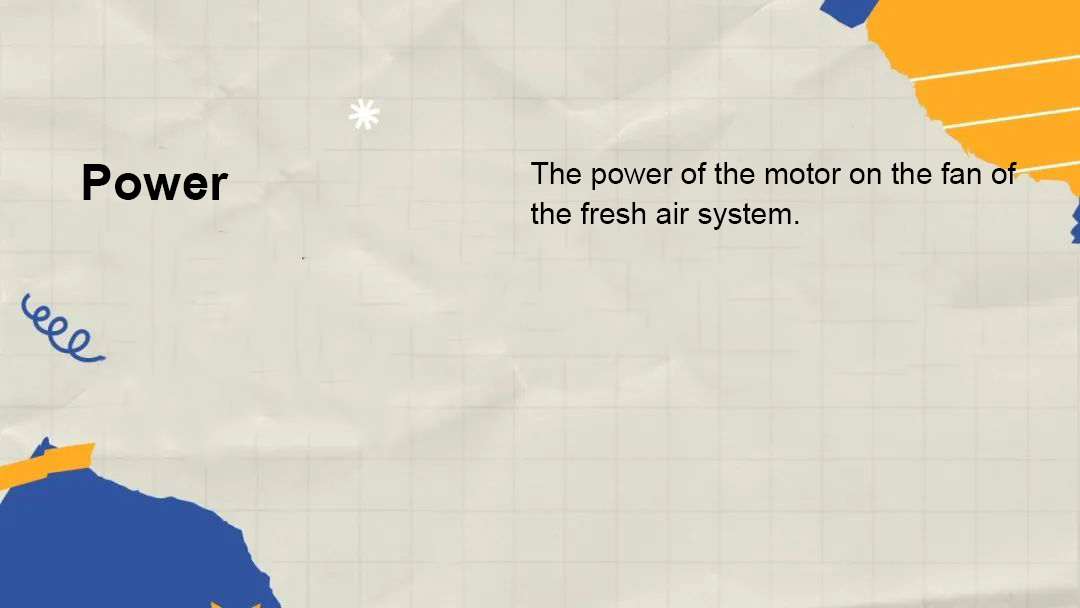 The fresh air system needs to be on 24 hours a day, and the amount of power consumption is also important. The power of the fresh air system is determined by the airflow and wind pressure. The higher the airflow and wind pressure, the greater the power of the motor and the more power it consumes.
The fresh air system needs to be on 24 hours a day, and the amount of power consumption is also important. The power of the fresh air system is determined by the airflow and wind pressure. The higher the airflow and wind pressure, the greater the power of the motor and the more power it consumes.
Sichuan Guigu Renju Technology Co., Ltd.
E-mail:irene@iguicoo.cn
WhatsApp:+8618608156922
Post time: Jan-04-2024






